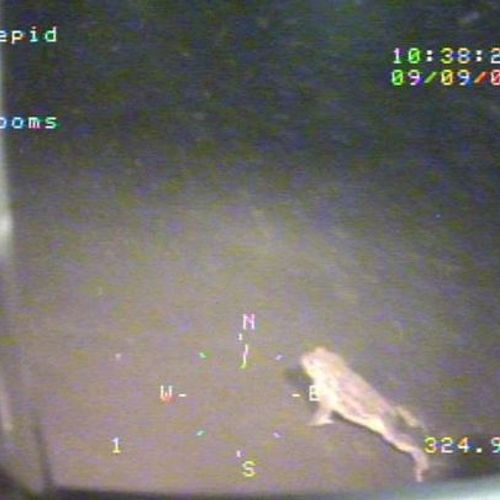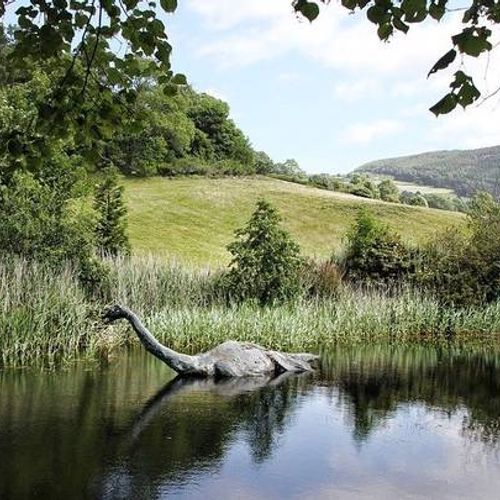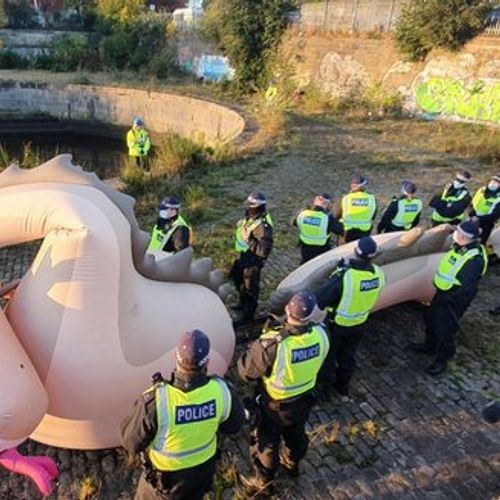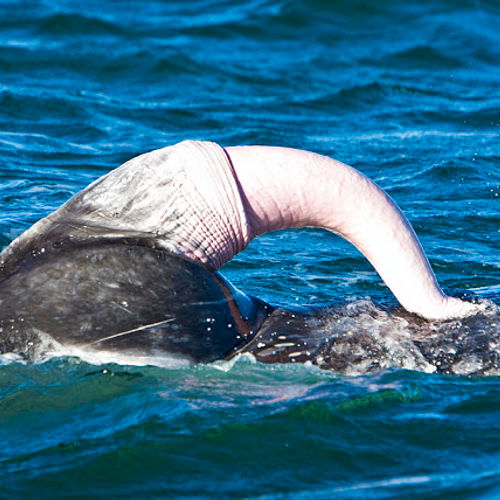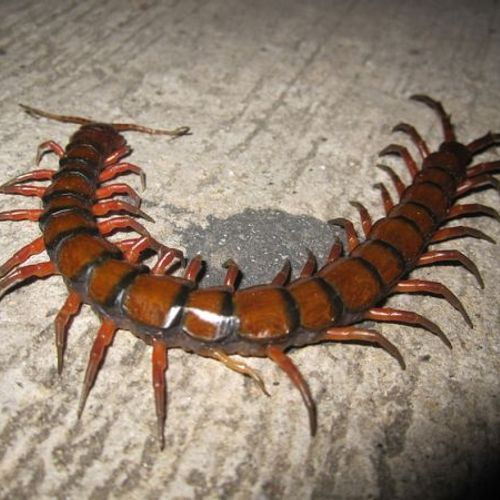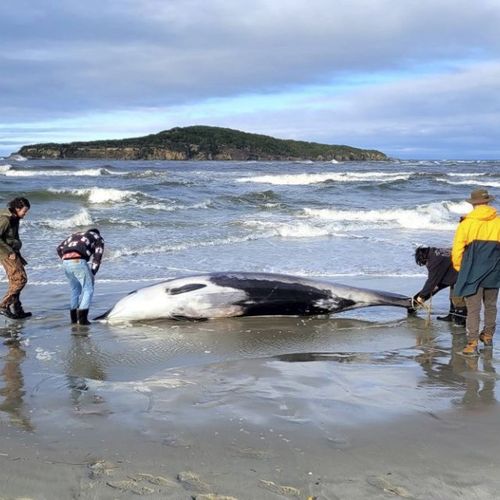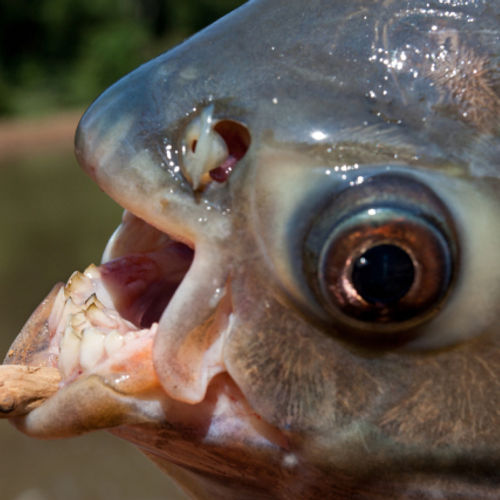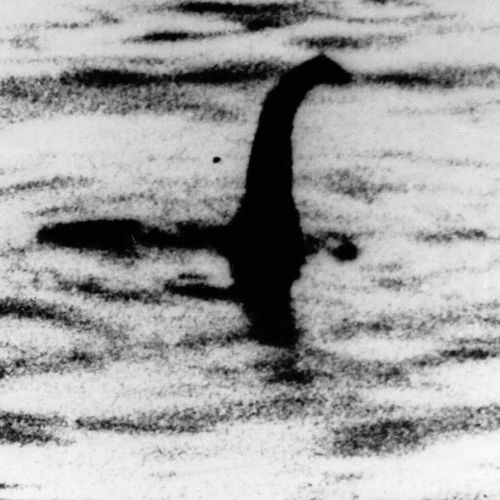
| Added | Fri, 16/02/2024 |
| Источники | |
| Дата публикации | Fri, 16/02/2024
|
| Феномены | |
| Версии |
Scientists from Scotland using a new water sampling technique to study the biodiversity of Loch Ness, a huge 23-mile lake with 7 million cubic meters of water, hope that they will also be able to find evidence of the existence of the elusive creature.
But after a year of research, the team said they had found more than 3,000 species in the lake –most of them so small that you wouldn't even notice they were there–but no trace of the monster.
"It's deep darkness and mystery, and it's arguably the best place in the world for a monster mystery," said Professor Neil Gemmell from the University of Otago in New Zealand, kicking off a press conference at the Loch Ness Centre and Exhibition today to announce the results.
The supposedly shy creature with a snake-like head and a long thin green body with black humps has long attracted tourists to Scotland.
Gemmell said his team analyzed water samples for environmental DNA, which the creatures release as they move through the environment.
"We can collect this DNA and get a very accurate idea of what kind of material was secreted, and over time you can collect quite a lot of information from literally a liter of water," he said.
But they found no evidence of the existence of a plesiosaur, a prehistoric marine reptile that, according to some assumptions, could be a monster.
"Probably in the lake There is no giant scaly reptile swimming in Loch Ness," Gemmell said.
So what kind of monster is this? According to Gemmell, one "plausible" idea based on unconfirmed facts is that the monster could have been a large eel.
But this theory also raises questions. Eels usually grow to four to six feet tall and migrate to reproduce.
"There remains a lot of uncertainty," Gemmell said.
And although the study was comprehensive, Gemmell noted that the lack of evidence does not mean that the mystery has been solved.
Illustration
An undated file photo of a shadowy shape that some people say is a photo of the Loch Ness monster in Scotland.
AP, FILE
Новости со схожими феноменами
Новости со схожими версиями
Log in or register to post comments




